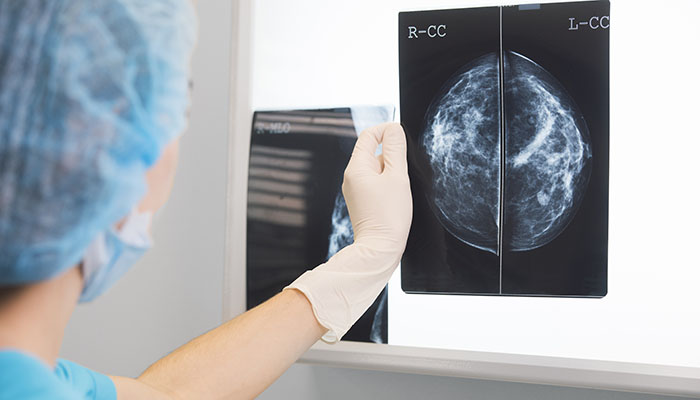Clean margins in breast cancer surgery
Hester Hill Schnipper, LICSW, OSW-C Program Manager Emeritus, Oncology Social Work
MAY 13, 2019
 Breast surgery is always a part of treatment for newly diagnosed non-metastatic breast cancer. Most often, the surgery, either a mastectomy or a lumpectomy/wide excision, happens as the initial treatment. It is then followed by radiation or chemotherapy, when appropriate, and hormonal therapy for estrogen receptor (ER) positive tumors. Sometimes women receive chemotherapy or hormonal therapy before surgery; in this case, the medical treatment is called neo-adjuvant therapy.
Breast surgery is always a part of treatment for newly diagnosed non-metastatic breast cancer. Most often, the surgery, either a mastectomy or a lumpectomy/wide excision, happens as the initial treatment. It is then followed by radiation or chemotherapy, when appropriate, and hormonal therapy for estrogen receptor (ER) positive tumors. Sometimes women receive chemotherapy or hormonal therapy before surgery; in this case, the medical treatment is called neo-adjuvant therapy.
Sometimes women have a mastectomy as the initial surgery (not counting the diagnostic biopsy). If a woman, instead, has a lumpectomy, the surgeon's intention is to achieve clean margins. This means removing the malignant tumor with a surrounding area of healthy tissue. You likely have heard of circumstances when a woman needs to go back for a second or even third attempt to achieve these important clean margins. If several tries don’t do it, the surgeon usually recommends a mastectomy.
Why are clean margins so important? Common sense tells us that removing the cancer is wise, and it seems sensible to take a little extra tissue to be sure all of the malignant cells are gone. A recent study supports this intent and gives us reasons and evidence why it is important.
We have learned that once the tumor in the breast is completely gone, the immune system focuses on any cancer cells that may already have left the immediate area. Since most breast cancers have been growing for up to seven years before detection, there unfortunately has been plenty of time for the spreading to begin. Scientists have now found that women whose surgeries achieved clean margins are more likely to stay well. Women whose surgeries did not have this success--where "dirty" margins remained--are more likely to develop metastatic disease in the future. The explanation is that the immune system behaves differently; it actually seems to support whatever is left of the original tumor, perhaps allowing it to grow back. It seems top ignore any disseminated tumor cells.
Generally speaking, most breast cancer surgeries in the United States deal well with this potential big problem. Surgeons focus on achieving clean margins and are prepared to recommend more surgery if the first attempt is unsuccessful. I have known a few women who rejected this idea, not wanting another operation, and hoping that radiation and chemo would take care of any remaining cancer. Of course that is possible, but we now understand more about why this is not a wise choice.
Hearing that your surgeon got clean margins is a cause for relief and gratitude, and means that you can move forward to the rest of breast cancer treatment with optimism.
Read more about breast cancer care at BIDMC.
